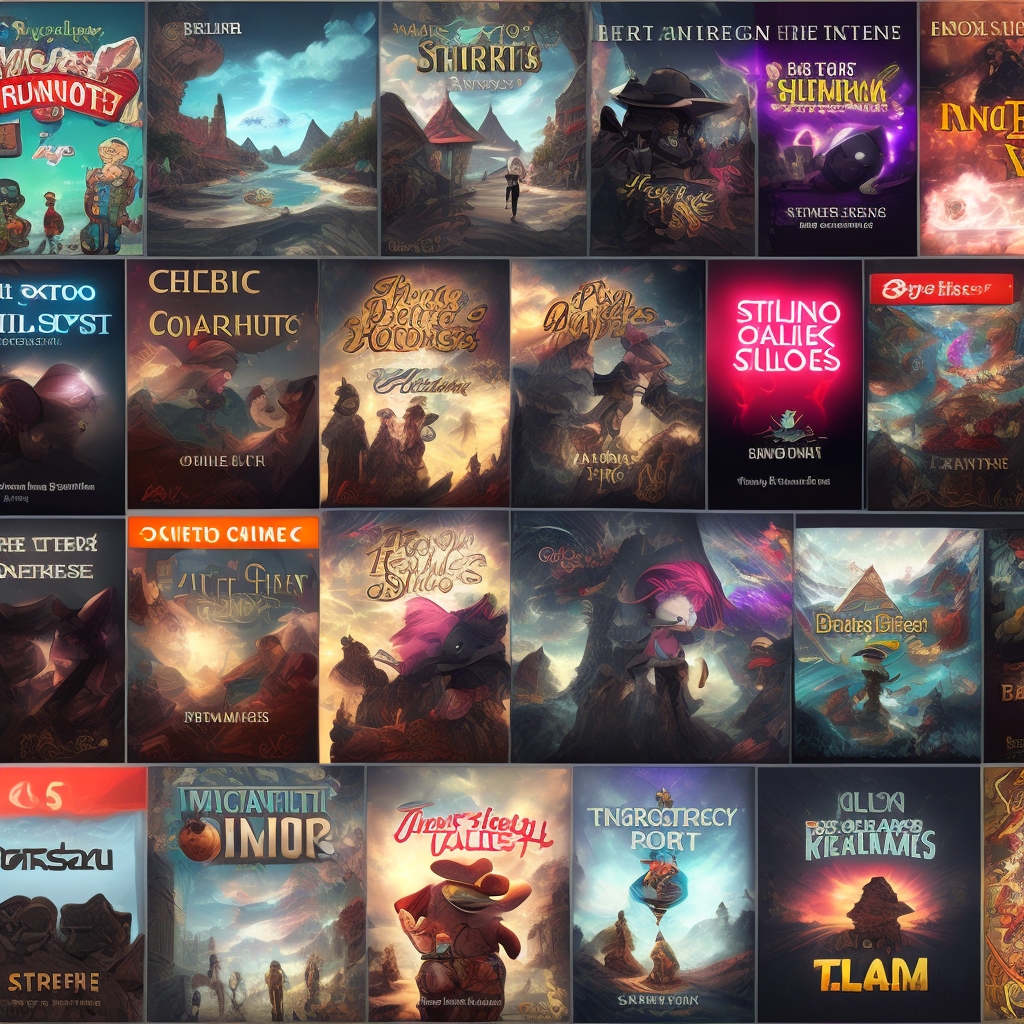
Indie Games Rise: Small Studios, Big Impact
Remember the days when gaming meant shelling out big bucks for AAA titles from massive corporations? While those games still hold a place in our hearts (and on our hard drives), there’s been a seismic shift in the gaming landscape. We’re talking about the rise of indie games – titles crafted by small, independent studios that are making HUGE waves. These games are often innovative, deeply personal, and offer experiences you simply can’t find anywhere else. But how did this happen? And why are indie games so popular?
The Indie Revolution: A Perfect Storm
The rise of indie games wasn’t a sudden explosion; it was a gradual process, a perfect storm of factors coming together to create a thriving ecosystem. Let’s break down some of the key ingredients:
Accessibility of Development Tools
One of the biggest hurdles for aspiring game developers used to be the sheer cost and complexity of development tools. Creating a game required expensive software, specialized hardware, and a deep understanding of complex coding languages. But things have changed dramatically. Today, powerful game engines like Unity and Unreal Engine are available for free (or at very affordable prices), offering user-friendly interfaces and a vast library of resources. This democratization of tools has allowed anyone with a passion for gaming to bring their ideas to life.
These engines also come with massive online communities, providing tutorials, support, and a platform for collaboration. Aspiring developers can learn from each other, share assets, and troubleshoot problems together. This collaborative spirit has fostered a wave of creativity and innovation within the indie game scene.
Digital Distribution Platforms
Before digital distribution, getting your game in front of players was a nightmare. You had to convince a publisher to take a chance on your project, navigate complex retail channels, and compete for shelf space with established AAA titles. The rise of digital distribution platforms like Steam, GOG, itch.io, and the various console storefronts changed everything. These platforms provided a direct line to players, allowing indie developers to bypass traditional gatekeepers and showcase their games to a global audience. 
These platforms also offer features like user reviews, forums, and community hubs, allowing players to directly interact with developers and provide feedback. This direct connection has fostered a stronger sense of community and allowed developers to iterate on their games based on player input.
The Power of Crowdfunding
Funding a game is expensive, even for small indie studios. Crowdfunding platforms like Kickstarter and Indiegogo have provided a vital lifeline for many developers, allowing them to raise the capital needed to bring their visions to life. These platforms also serve as a powerful marketing tool, allowing developers to build a community around their game before it’s even released.
Crowdfunding isn’t just about the money; it’s about building a connection with your audience. Backers often feel a sense of ownership and investment in the project, providing valuable feedback and support throughout the development process. This sense of community can be incredibly motivating for developers and can help them create a game that truly resonates with players.
Why Indie Games Resonate with Players
So, what’s the appeal of indie games? Why are so many players turning away from the polished spectacle of AAA titles in favor of these smaller, often quirky, experiences?
Innovation and Creativity
One of the biggest draws of indie games is their willingness to experiment and push the boundaries of the medium. Free from the constraints of corporate shareholders and risk-averse marketing departments, indie developers are free to pursue their creative visions, no matter how unconventional they may be. This often leads to innovative gameplay mechanics, unique art styles, and thought-provoking narratives that you simply won’t find in AAA games.
Consider games like *Undertale*, a quirky RPG that subverts traditional genre tropes with its pacifist gameplay and meta-commentary. Or *Hollow Knight*, a Metroidvania with stunning hand-drawn art and challenging combat. These games wouldn’t exist without the freedom and creativity that defines the indie scene.
Personal and Meaningful Experiences
Many indie games are deeply personal and reflect the experiences and perspectives of their creators. This can lead to games that explore complex themes, tackle difficult subjects, and offer a level of emotional depth that is often lacking in AAA titles. These games can be incredibly powerful and can resonate with players on a deeply personal level. 
Games like *That Dragon, Cancer* and *Celeste* are prime examples of this. *That Dragon, Cancer* is a heartbreaking autobiographical game about a family’s struggle with their son’s cancer diagnosis. *Celeste* is a challenging platformer that explores themes of anxiety, depression, and self-acceptance. These games offer more than just entertainment; they offer a window into the human experience.
Affordability and Accessibility
Indie games are often significantly cheaper than AAA titles, making them more accessible to a wider range of players. This affordability allows players to take risks and explore games they might not otherwise consider. The lower price point also encourages developers to experiment with different genres and styles, knowing that they don’t need to sell millions of copies to be successful.
Support for Independent Creators
Many players are drawn to indie games because they want to support independent creators. They understand that buying an indie game is not just a purchase; it’s an investment in the developer’s future and a vote for the kind of games they want to see more of. This sense of community and support is a powerful force within the indie game scene.
The Future of Indie Games
The indie game scene is constantly evolving, and it’s exciting to imagine what the future holds. As technology continues to advance and development tools become even more accessible, we can expect to see even more innovative and creative games emerge from small studios around the world. The rise of subscription services like Xbox Game Pass and PlayStation Plus are also providing indie developers with new opportunities to reach a wider audience.
The indie revolution is far from over. These small studios are not just making games; they’re shaping the future of the gaming industry. They are challenging conventions, pushing boundaries, and reminding us that games can be more than just entertainment – they can be art, expression, and a powerful means of connection.
Conclusion
From humble beginnings fueled by passion and limited resources, indie games have blossomed into a significant force within the gaming industry. They offer a refreshing alternative to the blockbuster titles, providing players with unique, innovative, and deeply personal experiences. So, the next time you’re looking for something new to play, consider taking a chance on an indie game. You might just discover your next favorite game – and support a passionate creator in the process.






